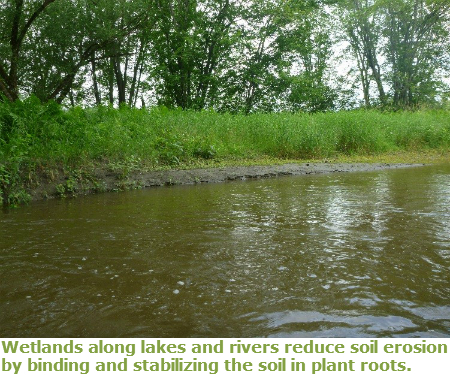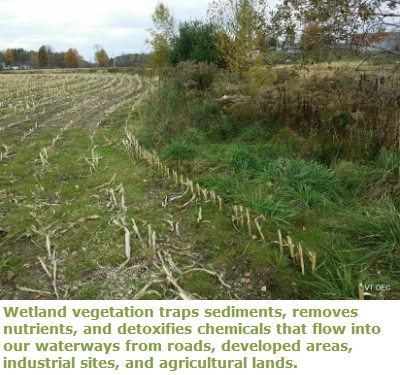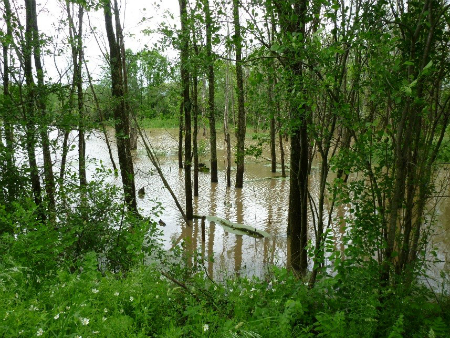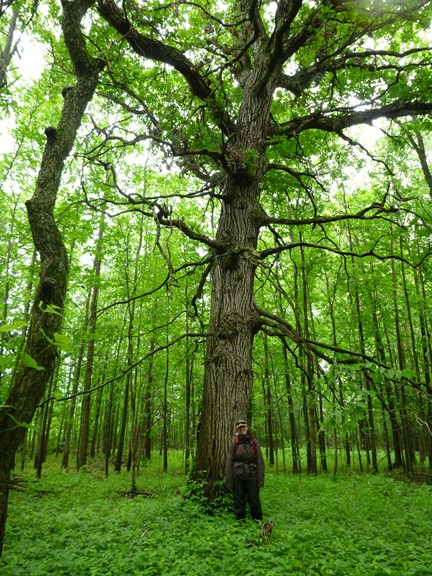Wetland Functions and Values: Wildlife Habitat
Wetlands exhibit very high rates of plant productivity - the conversion of energy from the sun into plant materials. Recent studies suggest that some wetland types such as coastal marshes and inland freshwater marshes are among the most productive ecosystems in the world. This high productivity often supports a varied and complex food web both within and outside of the wetland.


 Vegetated wetlands along the shores of lakes and rivers can protect against erosion caused by waves along the shorelines during floods and storms.
Vegetated wetlands along the shores of lakes and rivers can protect against erosion caused by waves along the shorelines during floods and storms. Many pollutants are washed by rainfall from urban and agricultural lands and are carried overland to water bodies. Pollutants include soil particles, fertilizers, pesticides, grease and oil from cars and trucks, and road salts.
Many pollutants are washed by rainfall from urban and agricultural lands and are carried overland to water bodies. Pollutants include soil particles, fertilizers, pesticides, grease and oil from cars and trucks, and road salts. During rain storms and snow melt events, the amount of water running over the surface of the land increases, and in severe storms, flooding may result.
During rain storms and snow melt events, the amount of water running over the surface of the land increases, and in severe storms, flooding may result. Vermont Wetland Training and Educational Opportunities
Vermont Wetland Training and Educational Opportunities